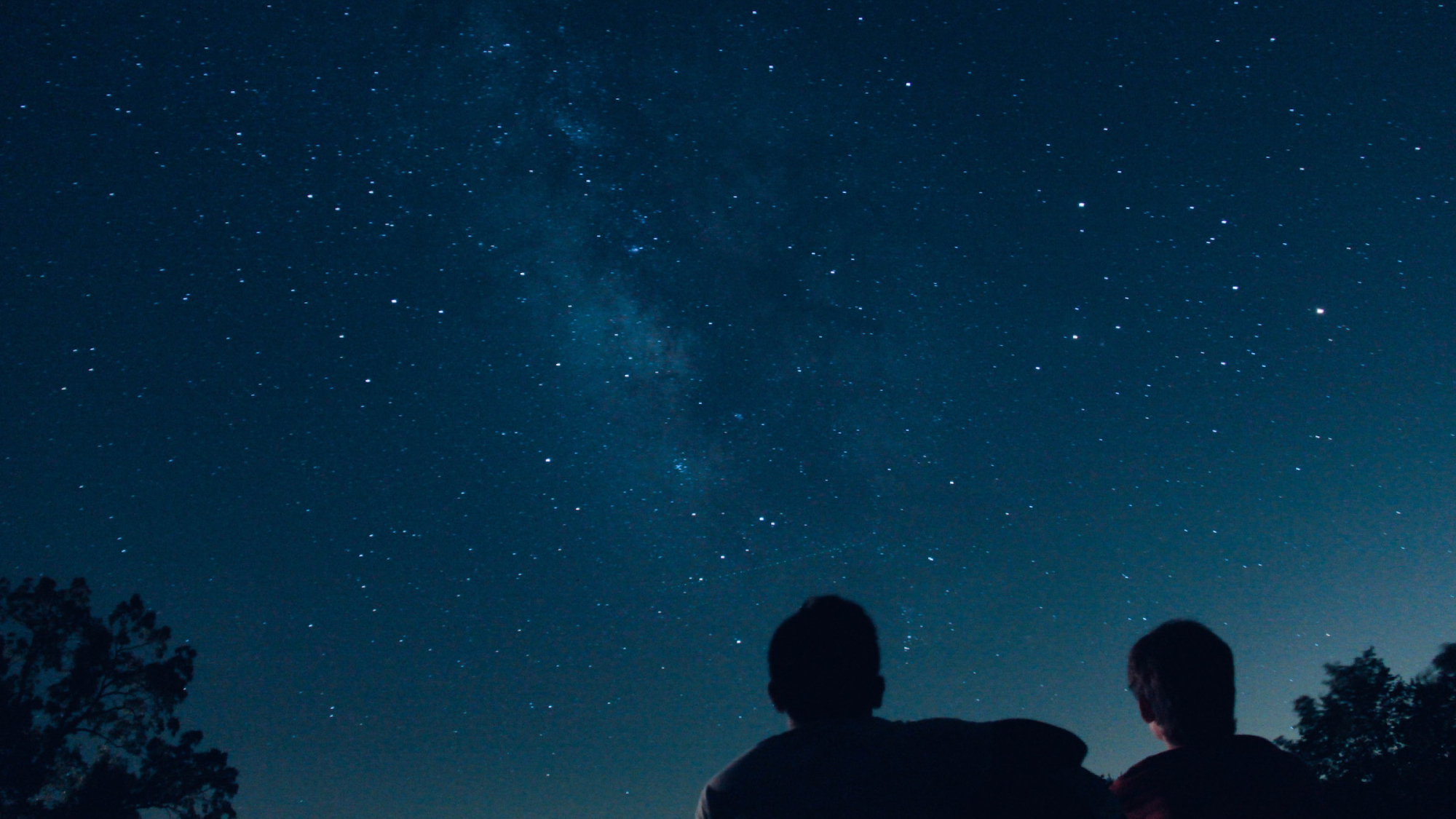

I’ve always loved learning about the planets and stars, but it sure takes a lot to get me outside on a cold, dark night to see them with my own eyes. This week, though, there’s a celestial lineup I don’t want to miss—and you shouldn’t either!
On Tuesday, five of the solar system’s eight planets (Jupiter, Mercury, Venus, Uranus, and Mars) will be visible together, lined up in the night sky.
This is known as a planetary alignment, where the planets involved appear to parade across the sky in an orderly fashion. And I really mean you don’t want to miss this one—the next alignment featuring this many planets won’t be until 2040.
What’s the big deal here?
Although there have been some wild theories about strange happenings during planetary alignments—like an increase in natural disasters—those have generally been debunked. Instead, the reason a planetary alignment is a big deal is that it’s simply cool to see. “You get to see pretty much the whole solar system in one night,” says Rory Bentley, UCLA astronomer and avid stargazer.
Usually, the planets are spread across the sky, visible at different times of the night (even into the early morning). They’re technically always in some version of a line—all our solar system’s planets appear on the ecliptic, an invisible arc across the sky tracing the plane where everything orbits the sun. If the planets are close enough together, though, they appear to be in an almost straight line.
[Related: Astronomers just mapped the ‘bubble’ that envelopes our planet]
That’s precisely what’s happening on March 28. The five planets will come within 50 degrees of each other, a tight bunch compared to their usual spread, giving stargazers of all ages an opportunity to meet our planetary neighbors.
How to see the March 28 alignment

The time to spot this planetary parade is right after sunset on the March 28—no more than about 45 minutes after sundown, since Jupiter and Mercury will both disappear below the horizon fairly quickly. You’ll want to make sure you have a clear view of the western horizon, where the sun sets and Jupiter and Mercury will follow close behind.
Jupiter will be closest to the horizon, easy to spot even in the lingering sunlight of dusk since it’s so bright. Mercury will be nearby—possibly visible to the naked eye, and definitely visible with binoculars. A bit higher up in the sky you’ll find Venus, shining intensely from its ultra-reflective thick clouds. It’s accompanied by Uranus, just a bit above—and for this one, you’ll definitely need those binoculars. Bringing up the tail end of the parade is Mars, up even higher in the sky near the crescent moon. (Bonus: you can see the moon, too, while you’re at it.)

If you’re not completely sure how to tell what’s a planet, know that the planets you see with your naked eye will generally be brighter than everything around them, and if you look really closely they won’t twinkle quite like stars.
You should be able to spot at least three of the parade participants (Jupiter, Venus, and Mars)—possibly even a fourth (Mercury)—with just your eyes if you’ve got good eyesight and/or a clear sky. Grab some binoculars or a telescope, and you can collect all five planets. Venus and Uranus will be visible until they dip below the horizon about three hours after sunset, and Mars stays out past midnight.

Another benefit to using a decently sized pair of binoculars or a telescope is that you’ll get to see a slew of neat planetary features as the alignment glides by. You should be able to spot Saturn’s famous rings, and possibly even some of the colorful cloud bands of Jupiter. Although you won’t notice any surface features on Venus, you will be able to determine what phase it’s in, since Venus has phases (crescent, full, etc.) similar to our moon. Keep in mind that it’s easier to see details when you have clear, still skies, and are looking overhead. The closer your target gets to the horizon, the more of Earth’s atmosphere you end up looking through, making viewing more difficult.
What else to look for on Tuesday night
For extra credit, take a look at some of the other celestial wonders between the planets. Earth’s moon will be a beautiful waxing crescent, and a pair of binoculars will let you investigate its many craters in more detail.
The Pleiades, a star cluster known across many cultures as the seven sisters, also shines between Venus and Mars. You may recognize this particular arrangement of stars from the logo on Subaru automobiles—it’s no coincidence, because Subaru is actually the Japanese name for this cluster. You’ll likely be able to see this one with just your eyes, even in a big city like Los Angeles.
[Related: Why we turn stars into constellations]
Another large open cluster of stars shines near Mars, known as Messier 35 (M35). This one is a bit more sparse than the Pleiades, but still neat to see. Binoculars are a must for this one, unless you’re in a particularly remote dark sky location. “Even then, it’d still be better with binoculars,” Bentley explains. Both M35 and the Pleiades are examples of stars all born around the same time from the same initial cloud of gas.
The big takeaway here is: go outside at sunset on Tuesday, March 28. It’ll be a nice moment to marvel at the cosmos, and appreciate our small blue planet as we look for other worlds. Happy stargazing!
Correction March 27, 2023: A previous version of this story said the moon would be in its waning crescent phase. It will be waxing.
